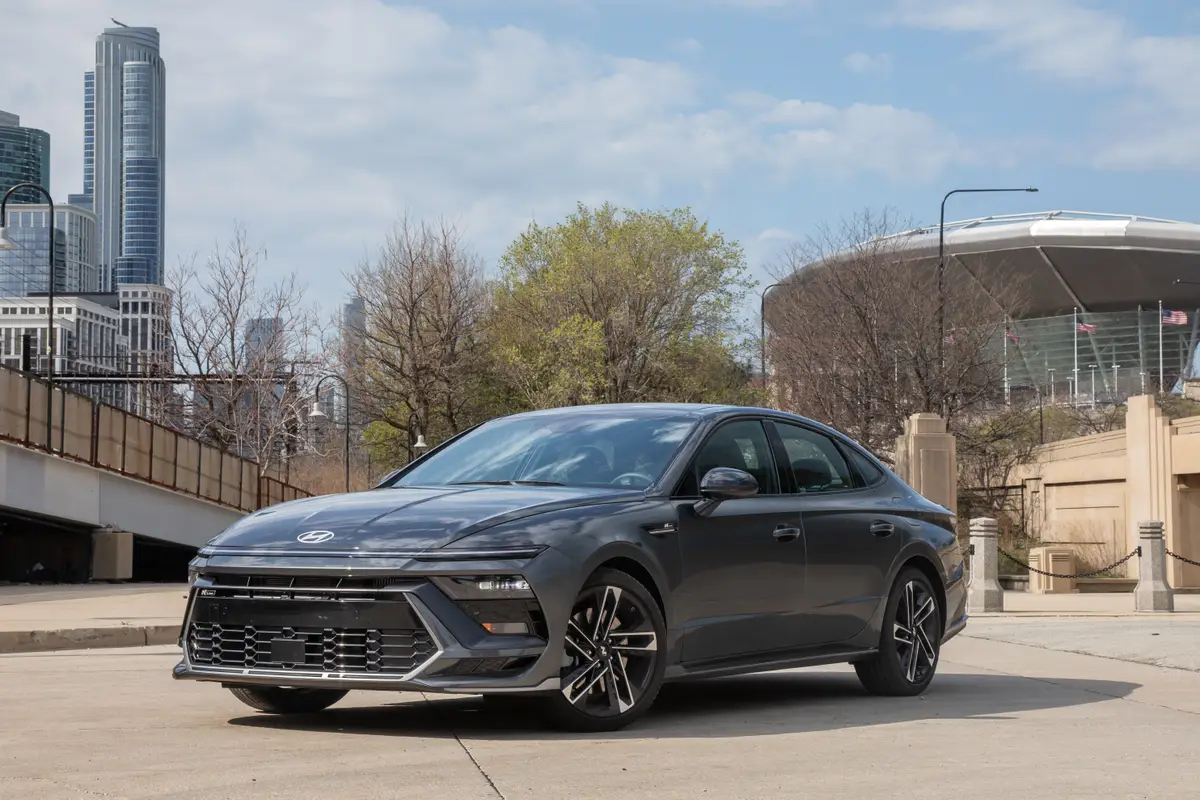Uber Looks to Make Self-Driving Cars Smarter

CARS.COM — Uber is stepping further into the future thanks to the acquisition of an artificial intelligence startup that could propel the ride-hailing service into a world where humans are inessential to the act of driving. The new division, called Uber AI Labs, will seek ways to make driverless vehicles safer, smarter and more foolproof when it comes to protecting occupants from fraud.
Related: What’s the Best Car for an Uber Driver?
In an online statement, Jeff Holden, Uber’s chief product officer, hailed (no pun intended) the move to acquire Geometric Intelligence as proof of “Uber’s commitment to advancing the state of the art, driven by our vision that moving people and things in the physical world can be radically faster, safer and accessible to all.”
Why should I care? This is a bold move, even if the sheer numbers don’t back it up. As The New York Times pointed out, Geometric Intelligence only numbers 15 total employees — not including co-founders Gary Marcus and Zoubin Ghahramani, who will now serve as co-directors of Uber AI Labs.
Two key factors make this move important. One is the simple fact that Uber needs to keep up with the competition. Major automakers and tech giants are pouring vast amounts of time, money and people power into creating a driverless future. For any Silicon Valley-based startup focused on autonomous driving and mobility solutions, now is the time to put that “for sale” sign on the front lawn.
The second factor is that Uber AI Labs is taking a different approach to feeding information to automobiles. Rather than shoving in massive amounts of data, the idea is to feed a more generalized set of rules with one overarching guideline. This allows the car/computer to extrapolate answers and responses to a wide range of problems using a streamlined set of data points.
What does that mean? Well, imagine it’s snowing, your car doesn’t have ideal tire pressure, a T junction is coming up and, by the way, someone has knocked the stop sign off-kilter.
Would you like a very intelligent driverless car right about now, one that isn’t simply scanning road signs and lane markers? Uber is betting you will.
Uber Says It’s Not a Transport Company; Will a European Court Agree?
It doesn’t take a lot of intelligence, be it artificial or of the carbon-based variety, to see that Uber is treading on thin ice with European taxi regulations. To skirt the issue of its low-cost UberPop service, which allows unlicensed drivers to operate as normal taxis, the U.S. ride-hailing company is arguing in a Luxembourg courtroom that it’s not, well, a ride-hailing company at all. Uber wants to be viewed as an app instead. That legal maneuver would extricate it from many standardized rules and regulations that apply to traditional taxi services.
Why should I care? This argument gives us a headache, too. Uber is basically trying to skirt taxi rules by stating it only acts as an intermediary between a driver and client. If you find that argument a little strange, you’re not alone: As Bloomberg reported in its courtroom coverage of this ongoing legal tussle, the company has found itself battling governments — not to mention current and former drivers — around the world. This ruling, expected in April of 2017, will only affect the budget UberPop service, not UberX or UberXL. While that sounds limited in scope, a ruling against Uber could seriously impact the company’s red-hot expansion plans while giving a boost to competing ride-hailing companies — along with traditional taxi services.
Featured stories

2025 Hyundai Sonata N Line Review: Banish Boring




